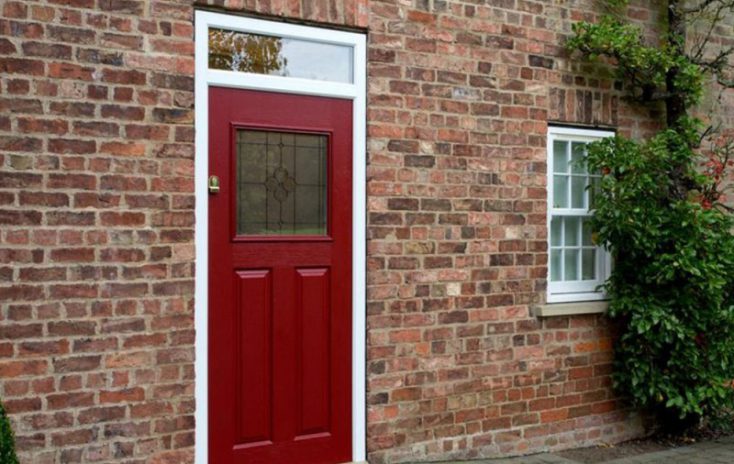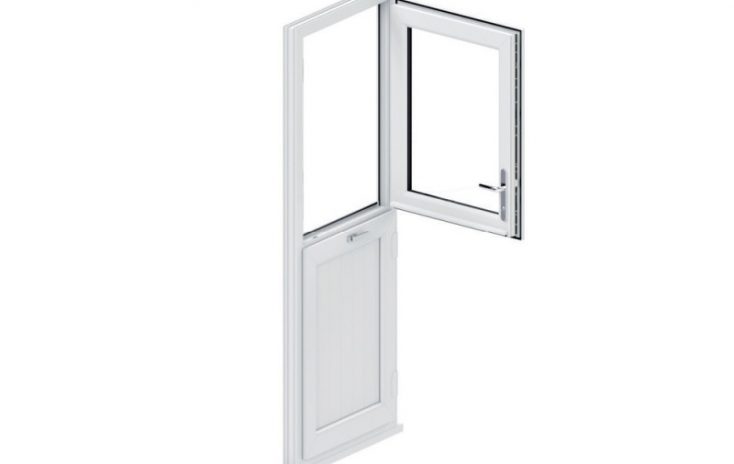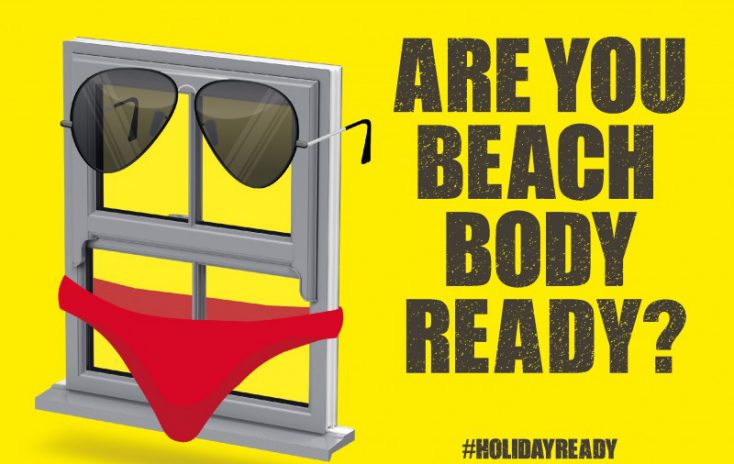The window and door industry is constantly evolving, with new trends emerging as technology advances and consumer preferences change. Staying ahead of these trends is essential for manufacturers looking to meet current demands and lead the market, but it’s equally as important to filter out the noise and understand the reality of the market.
A common discussion in the industry over the past year has been focused on the materials used in windows and doors, with claims that aluminium is the future, with homeowners increasingly seeking out aluminium-based windows and doors over uPVC.
But today, we’ll take a look at this discussion and explore where aluminium and uPVC sit within the market, as the discussion is more nuanced than one vs the other, and at TruFrame, we believe that uPVC will continue to have its place in the market, despite interest in other options.
Aluminium vs uPVC Windows and Doors
As mentioned, the discussion within the industry has been very much based on looking at aluminium vs uPVC, as opposed to how they complement each other and suit different needs.
Aluminium, a popular option for windows and doors, is a suitable material in the right circumstances. Due to the higher cost associated with aluminium, it tends to find itself in more ultra-modern properties or where large, unbroken spans of glass area is needed, and is therefore not the first choice for the majority of homeowners.
For windows and doors that are more exposed to increased temperatures, such as on the south-facing side of a building, using materials other than uPVC can have an advantage, as uPVC experiences movement as a result of changes in temperature. As an example, this results in movement of approximately 1mm per metre for every 10°C over 28°C.
Whereas uPVC has traditionally been a more cost-effective option for general use throughout buildings, due to its lower upfront cost and ease of installation.
For this reason alone, uPVC will continue to have a strong and dominant position in the window and door market, as the more cost-effective option is likely to remain as the main choice for most new builds, home renovations, and energy efficiency upgrades.
What’s more, uPVC is a more accessible option in terms of the number of installers and suppliers who can provide uPVC options, compared to aluminium, and while no doubt this will differ over time, it is likely that most companies will remain equipped to offer uPVC options, while only some will be able to offer aluminium.
Timber is a comparative example
When we look at the materials available on the market, aluminium is more closely aligned with timber.
Timber has its place in the market, predominantly serving those properties situated within conservation areas, where the look and feel of a property needs to be maintained, therefore making options such as uPVC unsuitable.
Aluminium sits in a similar position, in that it serves a different market, in which larger spans of glass are needed, thinner sightlines, or where there is likely to be more significant movement as a result of temperature changes.
And as will be the case with aluminium, timber didn’t become a mass alternative to uPVC, it simply served a different purpose.
When looking at the range of windows and doors you offer to customers, it’s important to understand the local market that you serve and design your range around those needs. For example, if your area has a large number of conservation areas, offering timber alongside uPVC could be a suitable product range. If your business is situated in a more affluent area where disposable incomes are typically higher, aluminium as an additional option would make sense.
But the key is that neither of these materials replace one another, they sit alongside each other, serving different purposes and audiences.
Looking for a new supplier of uPVC windows and doors? See how TruFrame can supply high-quality, hand finished products, and work with you to support the growth of your business in an ever-evolving market.



